
|
|||||||||
Campania at glance
 D. Russumanno
Campania
The emblem of Campania consisting of a red band on white background belonged once to the town of the Amalfi in its early days as a Republic.
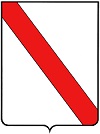 The region known by the Roman as "Campania Felix" (Fertile land), was colonised during the 8th century by ancient Greeks from Euboea (Greece), known as Cumaeans.
Rich with a vast array of culture and history, Campania was also home to philosophers of the Pre-Socratic philosophy school. Archeological excavations in Pompeii were initiated by King Charles III of Naples in 1748 who issued the first modern laws in Europe to protect, defend and preserve archeological sites. The natural sights of Campania make it highly important in the tourism industry, especially along the Amalfi Coast, Mount Vesuvius and the many islands dotting the gulf. 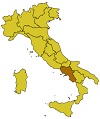 The provinces 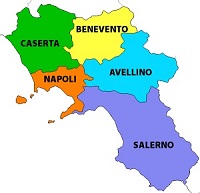 Capital : Napoli - Major cities : Avellino - Benevento - Caserta - Salerno Galleria Umberto I is a public shopping gallery in Naples. It was built between 1887–1891 for the purpose of combining under one roof, businesses, shops, cafes and social life — public space and private living spaces.. 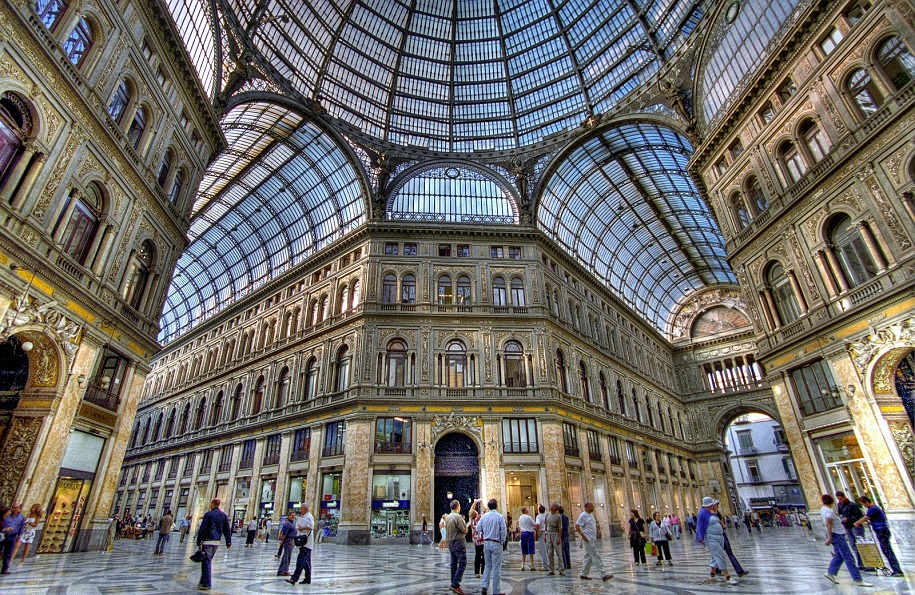 Castel Sant'Elmo is a medieval fortress located on a hilltop above the Certosa di San Martino, overlooking Naples. It presently serves as a museum, exhibition hall, and offices. The Certosa houses the National Museum of San Martino. The structure was founded by Charles d'Anjou in the early years of the 14 th century. 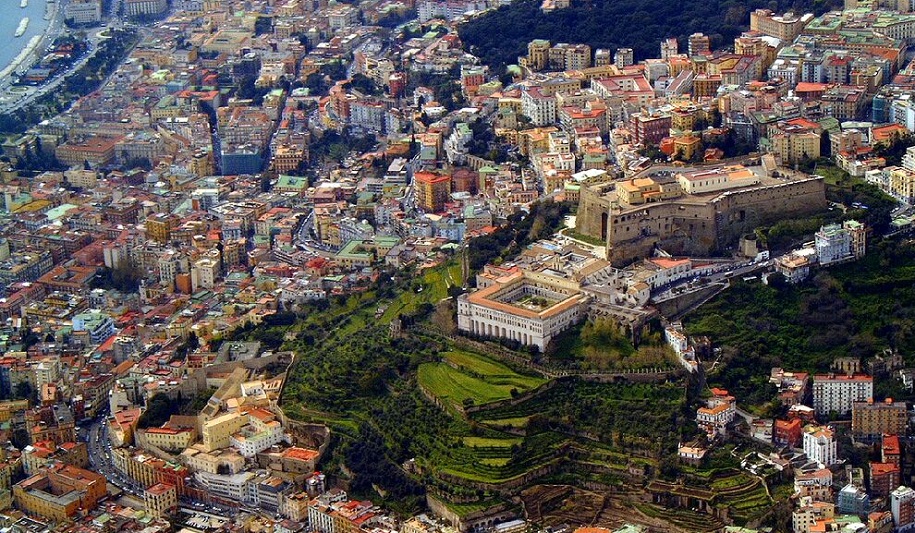 The Flavian Amphitheater in Pozzuoli, is the third largest Roman amphitheater in Italy. Only the Roman Colosseum and the Capuan Amphitheater are larger. It was likely built by the same architects who previously constructed the Roman Colosseum. The name Flavian Amphitheater is primarily associated with the Roman Colosseum.?
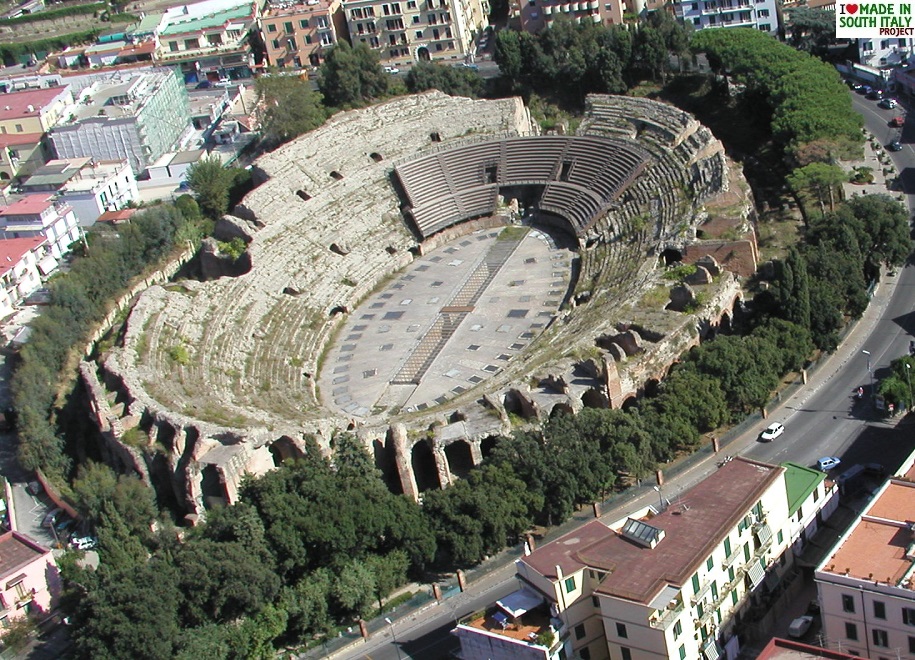 In ancient times, Misenum was the largest base of the Roman navy. It was first established as a naval base in 27 BC by Marcus Agrippa, the right-hand man of the emperor Augustus.
With its gorgeous natural setting close to the naval base and the nearby important Roman cities of Puteoli and Neapolis, Misenum became the site of Roman luxury villas. 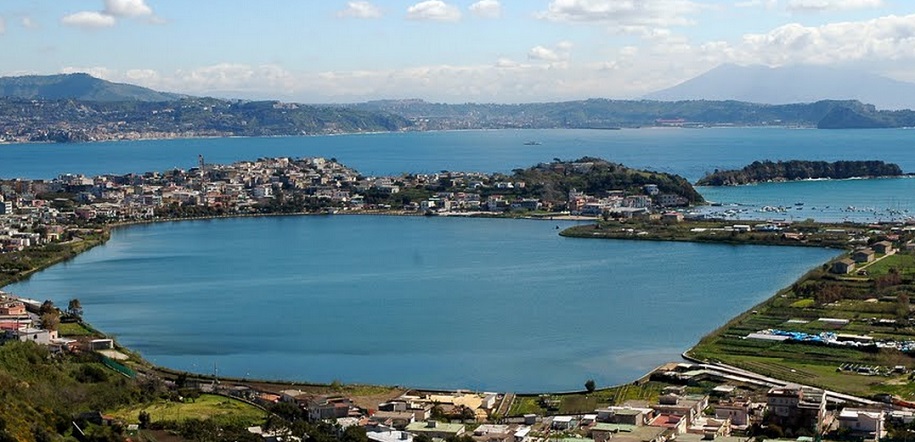 The Piscina Mirabilis was a freshwater cistern on the Bacoli cliff at the western end of the Gulf of Naples. One of the largest freshwater cisterns built by the ancient Romans, it was situated there in order to provide the Roman western imperial fleet at Portus Julius with drinking water.
The cistern was dug entirely out of the tuff cliff face and was 15 metres high/deep (ca. 49 feet), 72 metres long (ca. 236 feet), and 25 metres wide (ca. 82 feet). 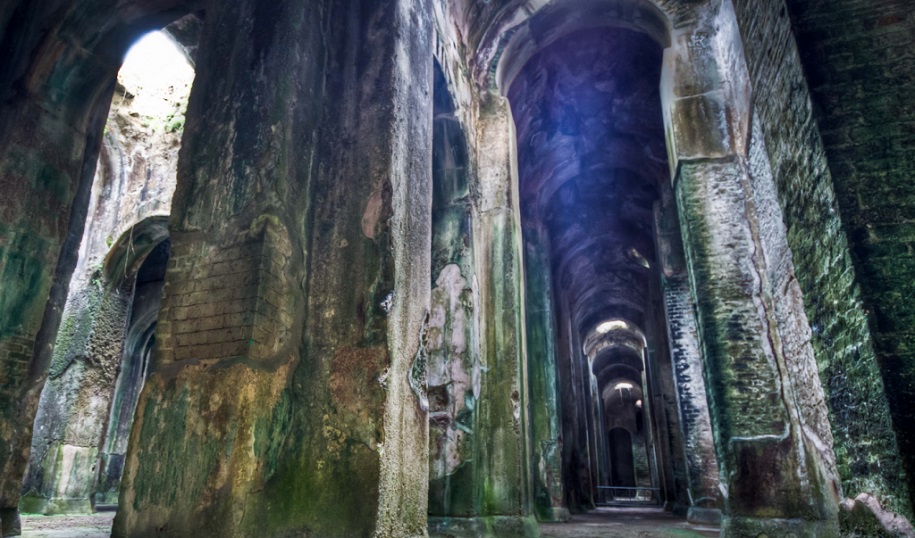 The entrance to Napoli Sotterranea. The term "Naples underground" stands for the dense and complex network of tunnels and caves located in the subsoil of Naples.
The honeycombed underground city extends below the entire historic center and includes theaters, sports centers, clubs, bars and casinos. The galleries were used, over the centuries, for different needs. 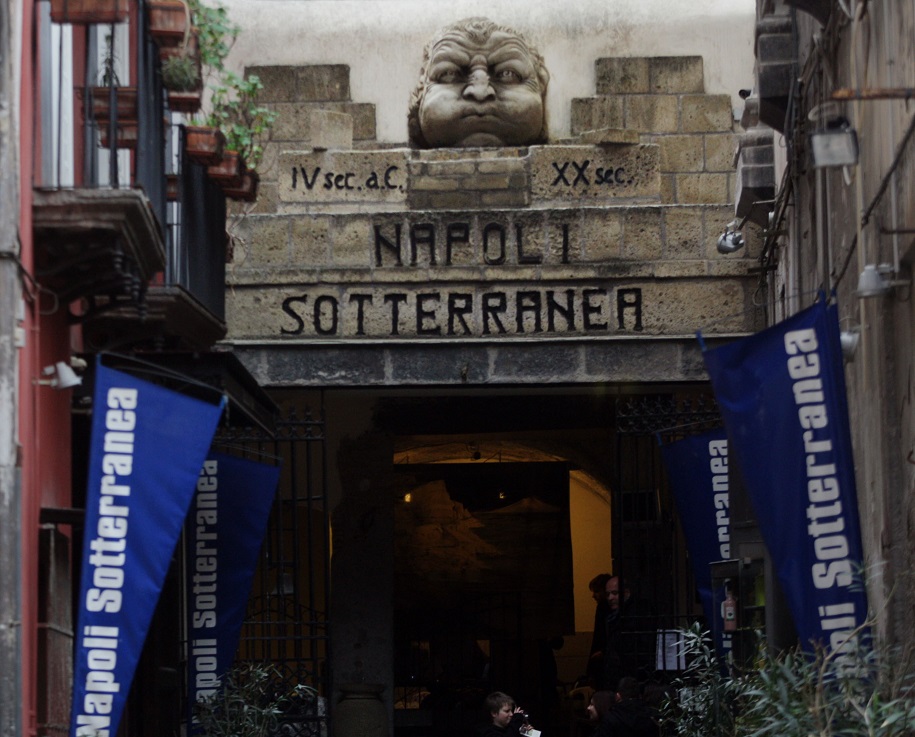 Thanks mainly to the Associazione Culturale Borbonica Sotterranea who spearheaded the project, the public at large can now visit another underground historical site.
The Bourbon Tunnel was built by Ferdinand II, the last king of the Kingdom of the two Sicilies as a secret getaway route and a military counter-offensive measures in case of a revolution. The project was never completed and was used mainly as a dumping ground . Among the findings, old vehicles from the 40's, 50's, and 60's, as well as statues and remnants of World War II . The tunnel is nowadays also used for mundane events, such as concerts and fashion shows. Tours are offered by the Association who uses the funds to continue working on the project and create new jobs. 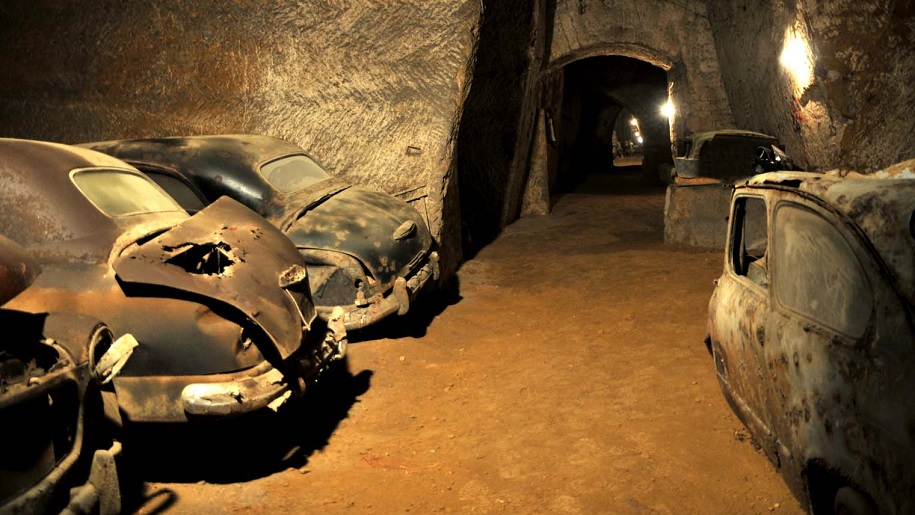 The island of Ischia is the largest of those situated in the Gulf on Naples. The town consist of the old part manly inhabited by fisherman and the newly extensively developed touristic town. From the old town the 'Ponte Aragonese (Aragonese bridge) leads across the tiny island on which the Aragonese Castle was built.
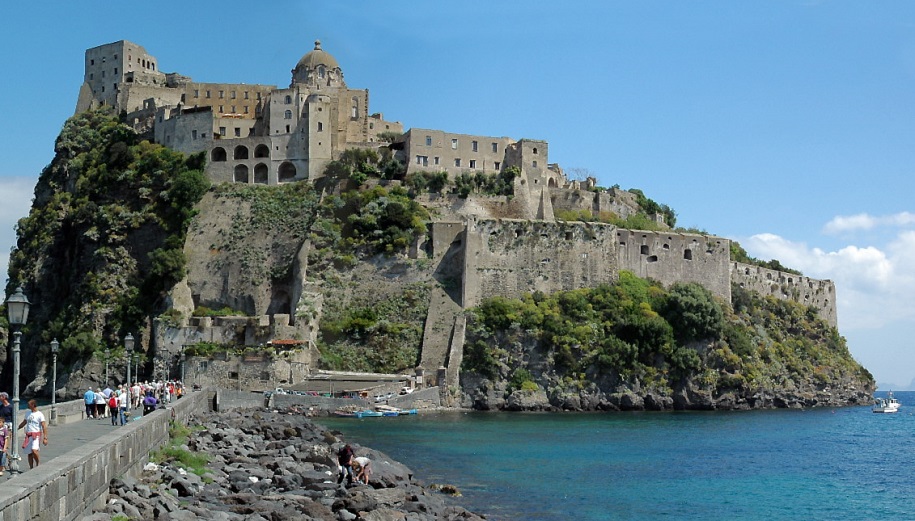 Sant'Angelo is a tiny fishing village along the southern coast of Ishia and can be reached through a promontory.
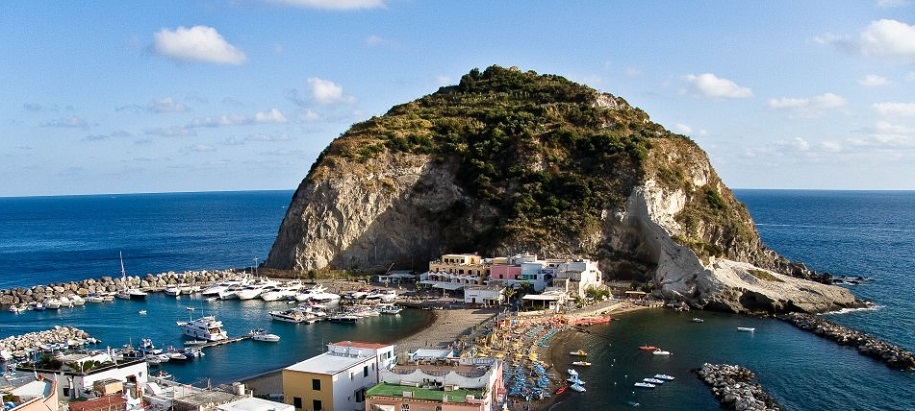 The Royal Palace of Caserta is a former royal residence constructed for the Bourbon kings of Naples.
It was the largest palace and one of the largest buildings erected in Europe during the 18th century. The palace was designated a UNESCO World Heritage Site in 1997; "the swan song of the spectacular art of the Baroque, from which it adopted all the features needed to create the illusions of multidirectional space". 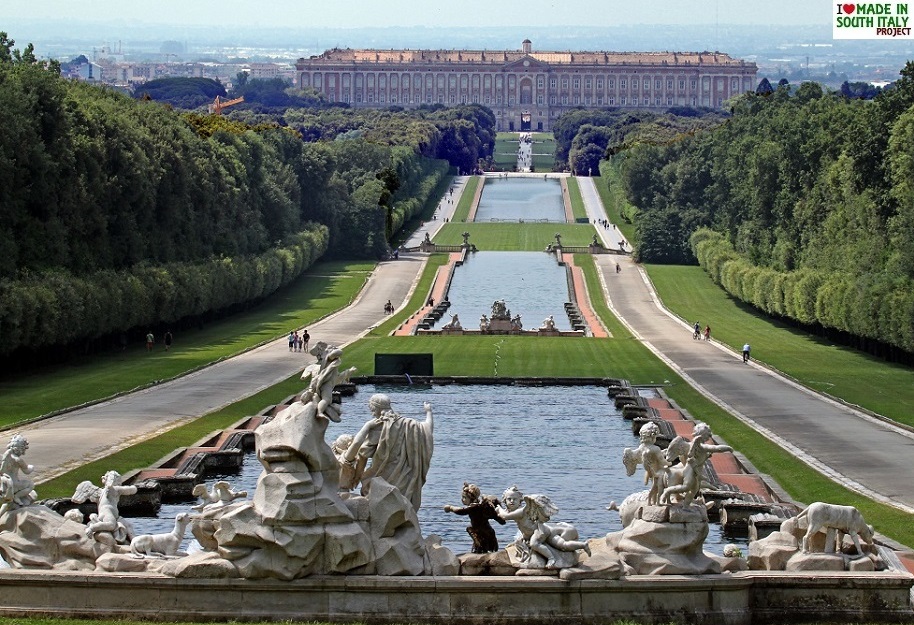 The Veiled Christ (1753) is a sculpture by Giuseppe Sanmartino in the Cappella Sansevero, Naples. It Is considered one of the world's great sculptural masterpieces.
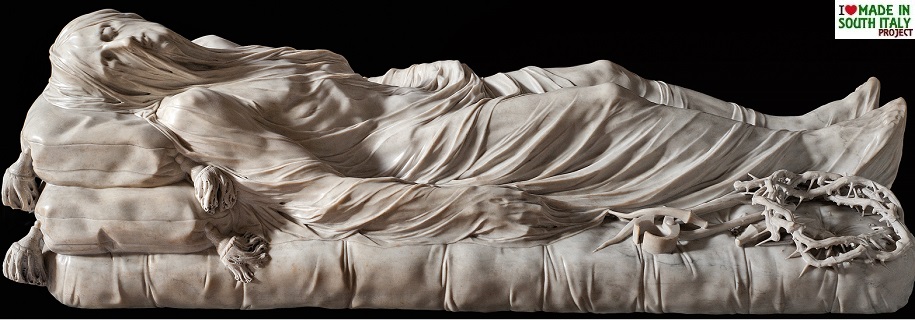 A collection of sexually explicit finds from Pompei locked away for decades in a Secret Museum or Secret Cabinet (Gabinetto Segreto) can now be seen in a discretely separated room at the Naples National Archaeological Museum.
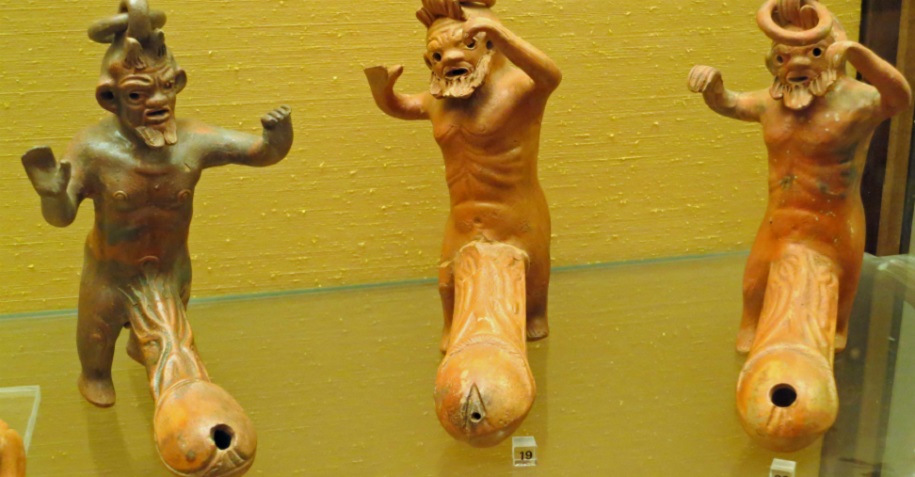 The Cilento region (province of Salerno), just south of the Amalfi Coast, the ideal destination for those who love nature, history, good food, and beach resorts that haven't been spoiled by overdevelopment. The immense sea-lime cliff, the beautiful hidden bays and hidden caves are some of the most spectacular view you will enjoy. 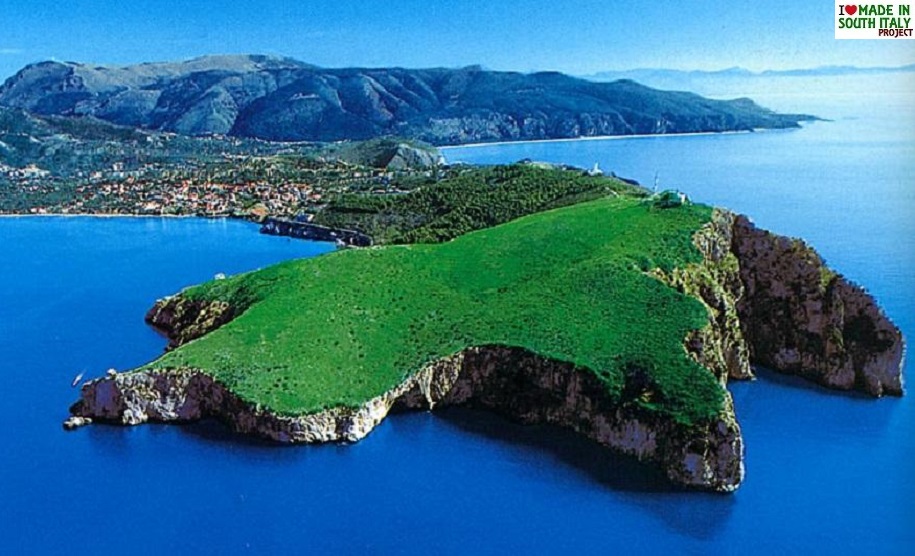 The Bay of Arco Naturale on the fascinating Cilento coast 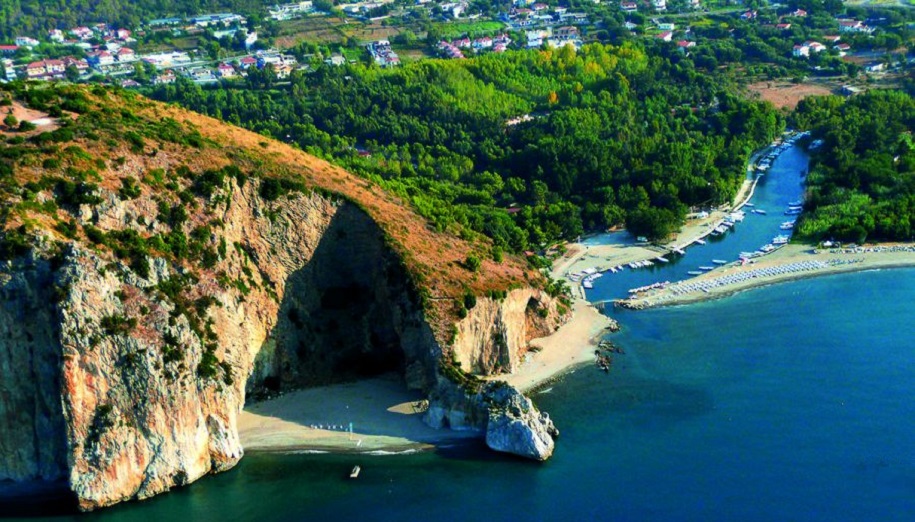 Driving the Amalfi Coast
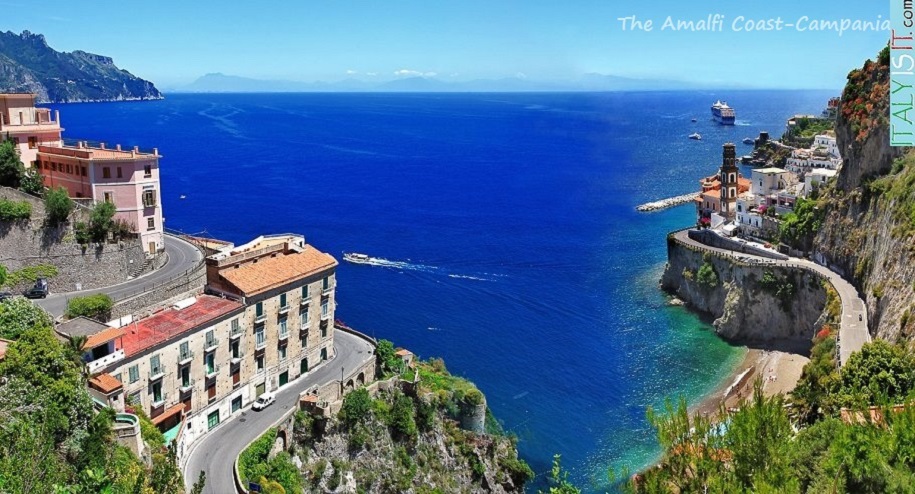 Agropoli, in the province of Salerno, a short drive from Paestum, stands on a promontory jutting out into the sea. Its very name is evidence of Greek origins. The modern city lends itself as a base to discover the hidden beauty of the Cilento region. The Aragonese medieval castle and its charming adjoining borough are a big tourist destinations for those in the know. The castle holds a commanding view of the sea and newer Agropoli. 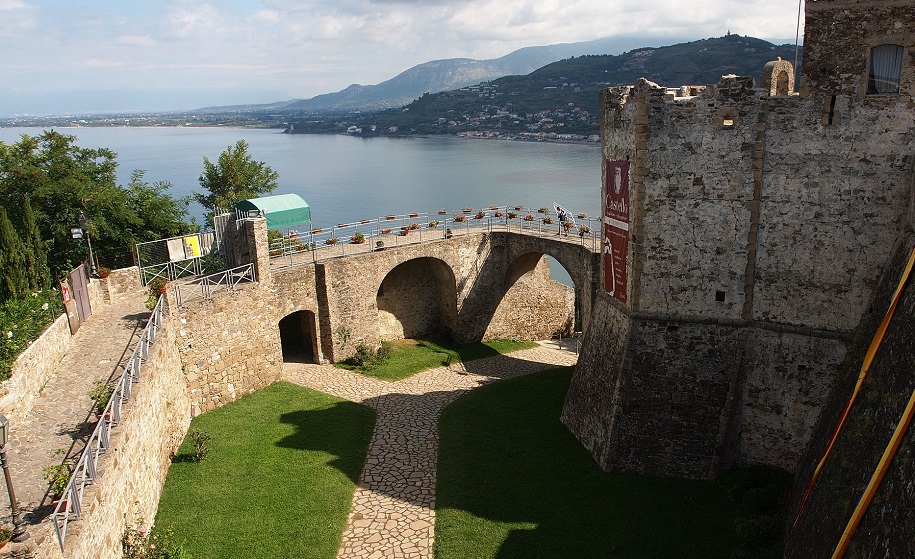 Founded by the ancient Greek as Poseidonia, its remains are notable for their three ancient temples in a very good state of preservation.The site is part of the comune of Capaccio in the Province of Salerno. Paestum was one of the major ancient Greek cities of Magna Graecia. 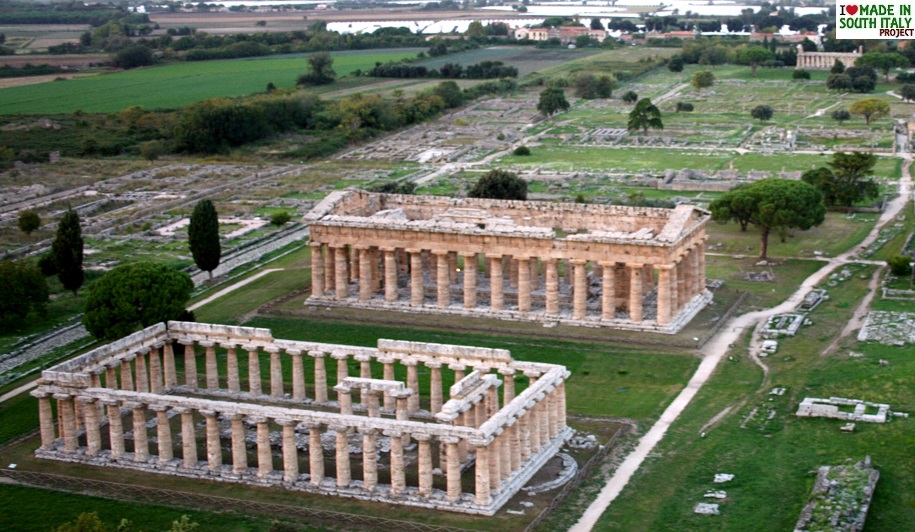 Villa Poppaea is large seaside structure situated in the ancient Roman town of Oplontis (the modern Torre Annunziata). Evidence suggests that it was owned by the Emperor Nero, and believed to have been used by his second and rather notorious wife, Poppaea Sabina, as her main residence when she was not in Rome.
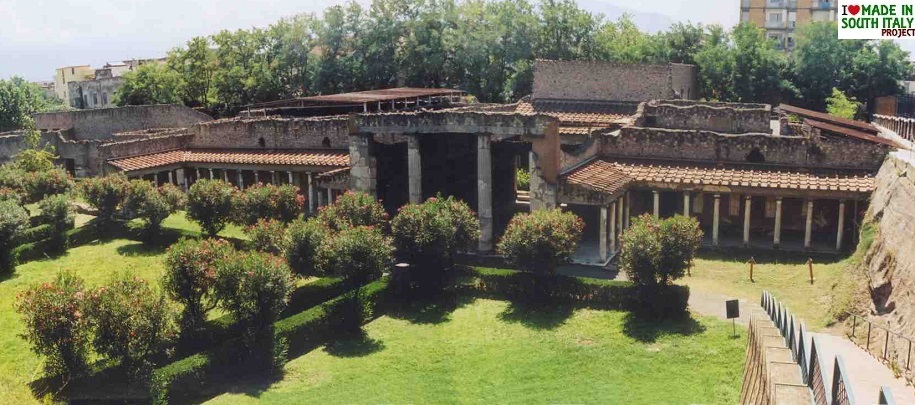 Here is where the story of the famous Gragnano Pasta begins. 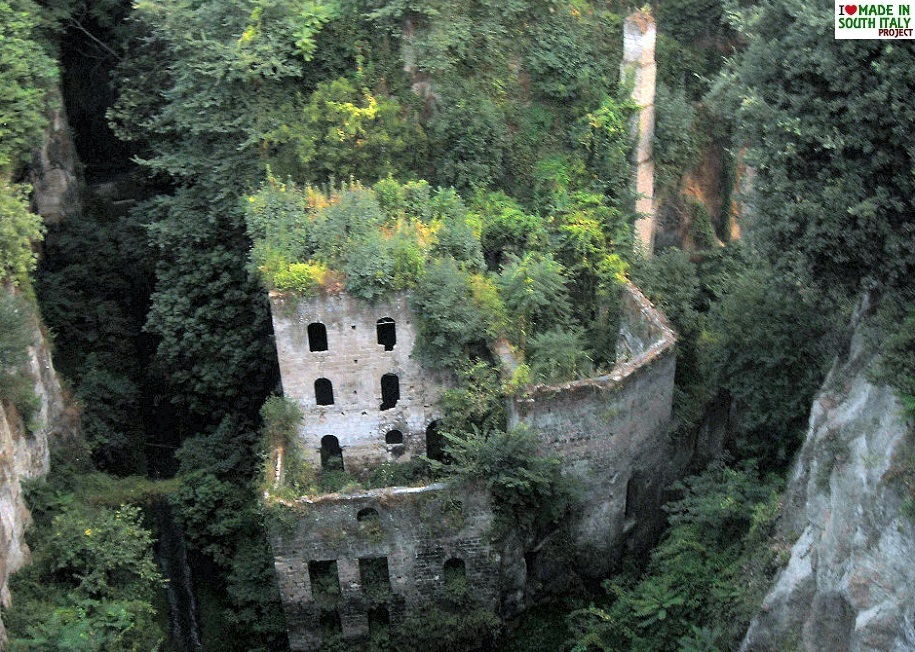 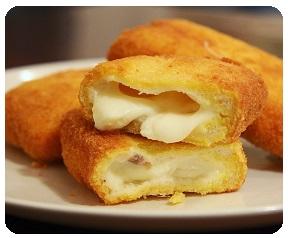 Gastronomy GastronomyWhile Neapolitan dishes center on seafood, Casertan and Aversan ones rely more on fresh vegetables and cheeses. The cuisine from Sorrento combines the culinary traditions from both Naples and Salerno. Naples is the home of pasta dishes, served with many variation of tasty tomato sauce. It is where pizza was created. Fish abounds, with frittura di pesce being a typical dish of the area along a variety of shellfish served with pasta. Cutlets and steaks are usually served with strong sauces usually flavored with garlic, tomatoes and herbs with the famous 'pizzaiola', the all time favorite. 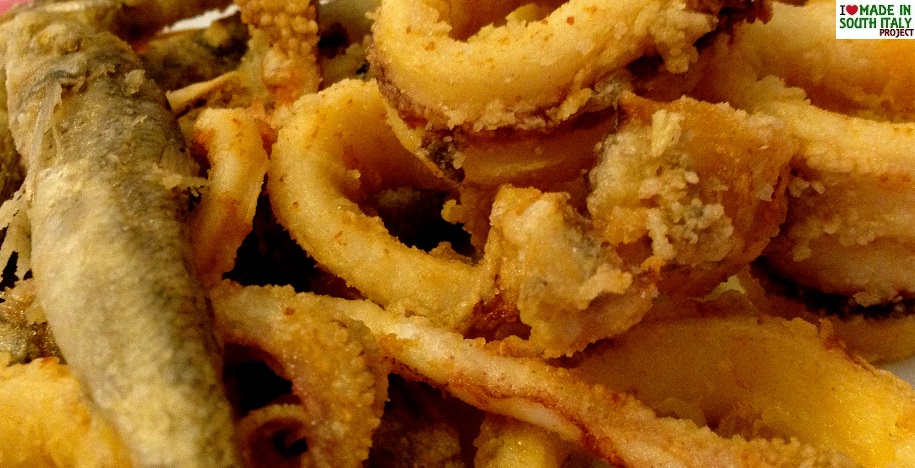 Local fresh mozzarella is used to create the crispy 'mozzarella in carrozza' another trademark of Campania. Very popular are also sweet dishes, often with flaky pastry and Ricotta cheese, seasonal fruit salads laced with wine or local produced liqueur.
Pizza was conceived in Naples. Historical and original pizzas from Naples are pizza fritta (fried pizza); calzone (literally "trouser leg"), which is pizza fritta stuffed with ricotta cheese; pizza Marinara, with just olive oil, tomato sauce and garlic; and pizza Margherita, with olive oil, tomato sauce, mozzarella cheese and basil leaves. 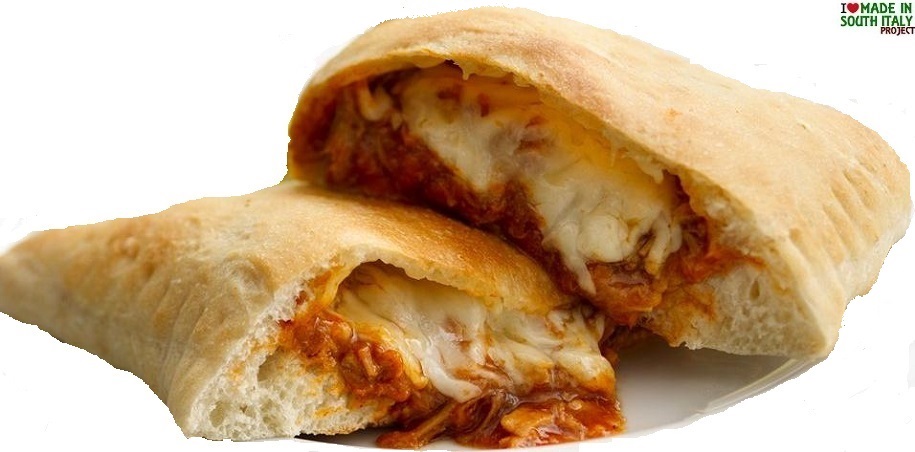 The cheeses of Campania consist of Mozzarella di Bufala (mozzarella made from buffalo milk), fiordilatte ("flower of milk") a mozzarella made from cow's milk, ricotta from sheep or buffalo milk, provolone from cow milk, and caciotta made from goat milk. Buffalo are bred in Salerno and Caserta. 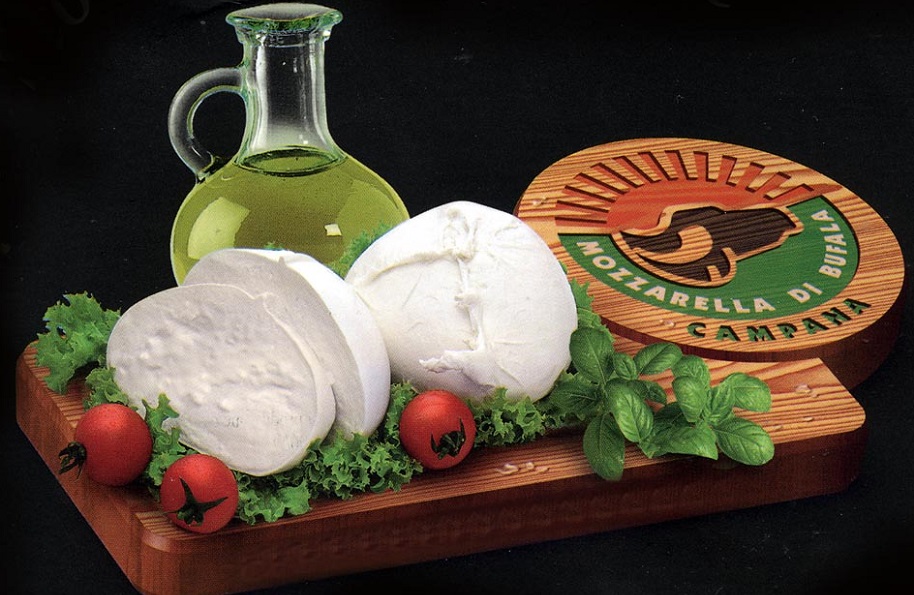 Neapolitans were among the first Europeans to use tomatoes not only as ornamental plant, but also as food and garnish.
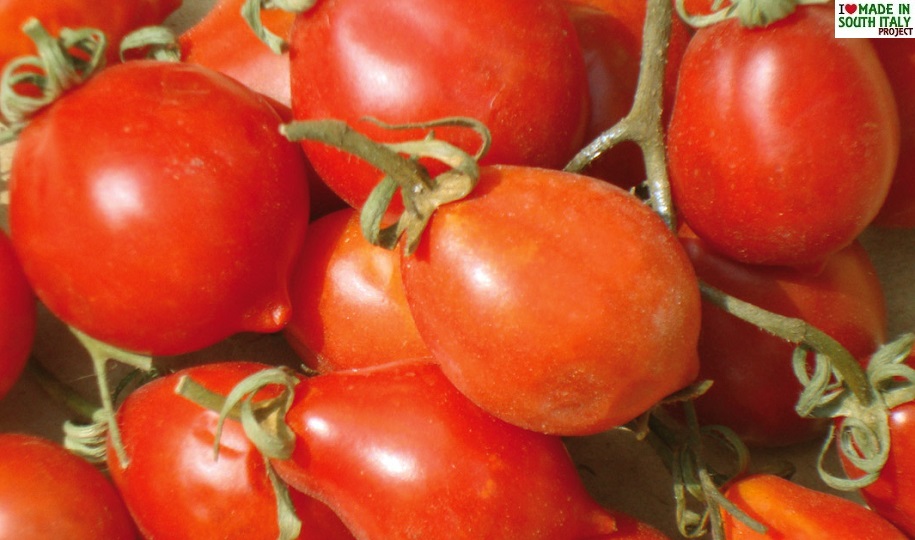 Spaghetti is also a well-known dish from southern Italy and Campania. Spaghetti alla puttanesca, a spicy pasta dish topped with a sauce made of tomatoes, olives, anchovies and capers.
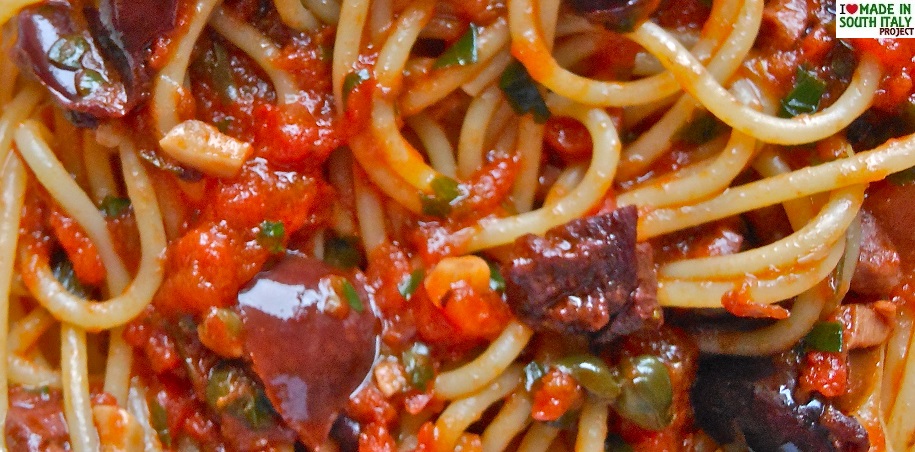 The art of 'Pastamaking" in Campania has its roots in the history of the region itself. It was in the town of Gragnano that the first pasta making industrial factory was started.
It wasn't until the seventeenth century, following the famine that struck the Kingdom of Naples, that pasta became a staple food due to its nutritional qualities and for the invention that made it possible to produce it cheaply. 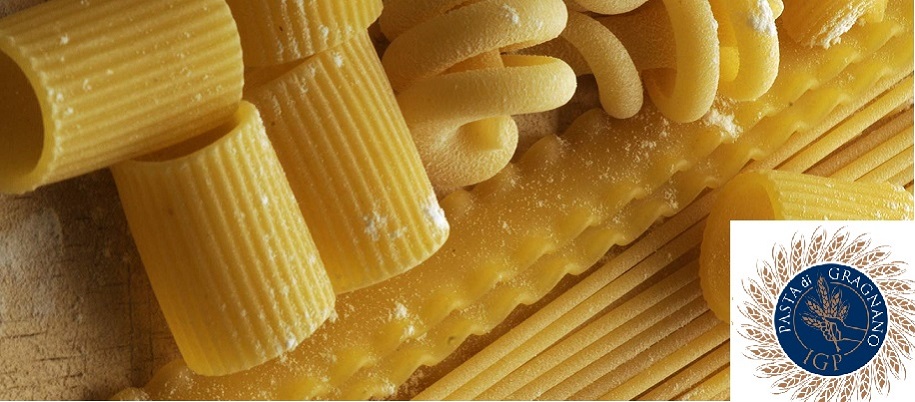 Several different cakes and pies are made in Campania.The Pastiera pie is made during Easter. 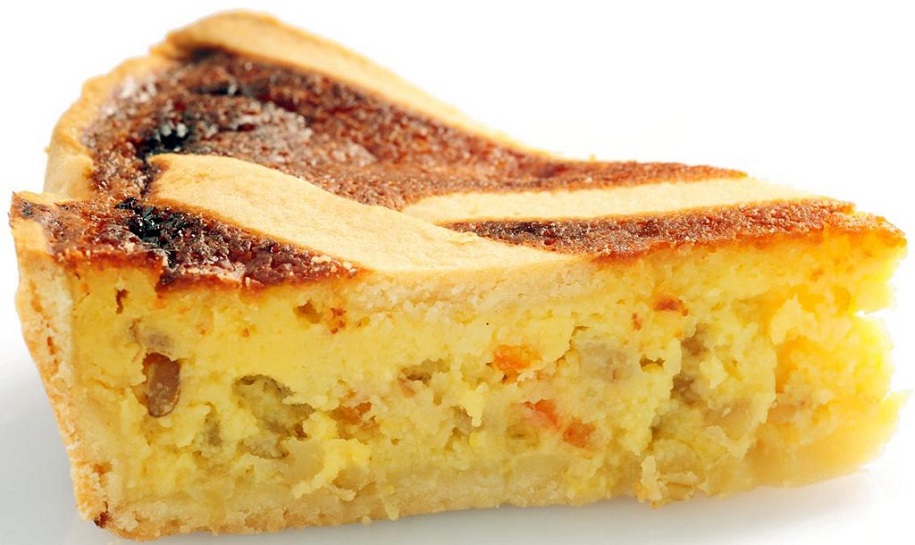 Casatiello and Tortano are Easter bread-cakes made by adding lard or oil and various types of cheese to bread dough and garnishing it with slices of salami.
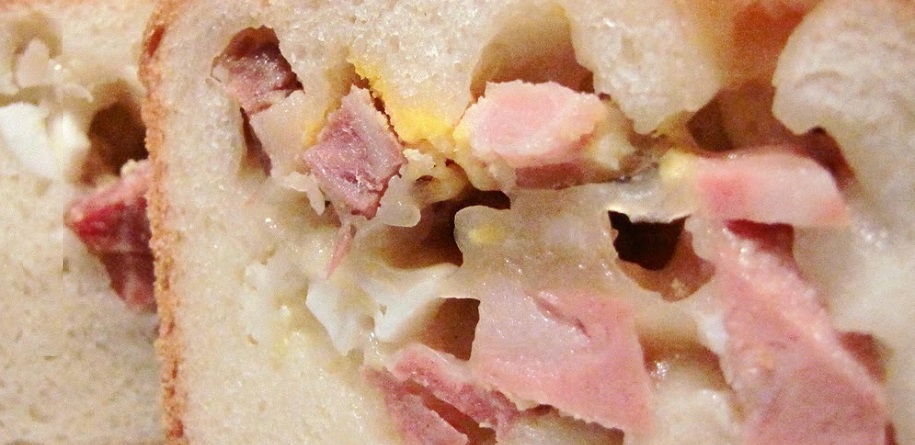 Babà cake is a well known Neapolitan delicacy, best served with Rum or limoncello (a liqueur invented in the Sorrento peninsula). It is an old Austrian cake, which arrived in Campania during the Austrian domination of the Kingdom of Two Sicilies and was modified there to became a "walking cake" for citizens always in a hurry for work and other pursuits.  Sfogliatella is another cake from the Amalfi Coast, as is Zeppole, traditionally eaten on Saint Joseph's day. Struffoli, little balls fried dough dipped in honey, are enjoyed during the Christmas holidays.
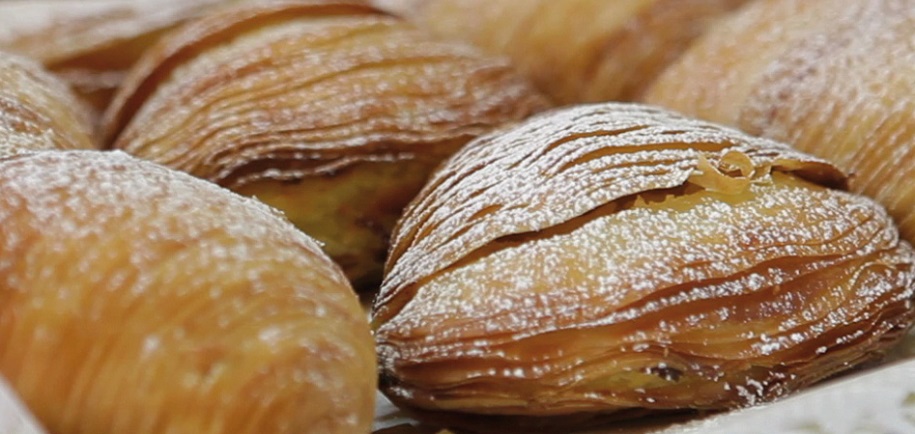 Campania is a region of ancient wine-making traditions, which in recent times has been able to create wines of the highest level both from white an red grapes.
Geographically the cultivation of vines in Campania is favored by a hilly territory which accounts for 50% of the cultivation and 30% in higher mountain grounds. Some of the wide variety of wines produced by the region include the famous Lacryma Christi, Campi Flegrei, Fiano, Aglianico, Greek di Tufo, Pere 'and Palomma, Ischitano, Taburno, Solopaca, and Taurasi.?  The main area of production and processing of olive oil DOP is located south of the province of Salerno (National Park of Cilento and Valle di Diano) and includes 62 municipalities, all characterized by the presence of olive trees, representing the dominant element of the landscape.
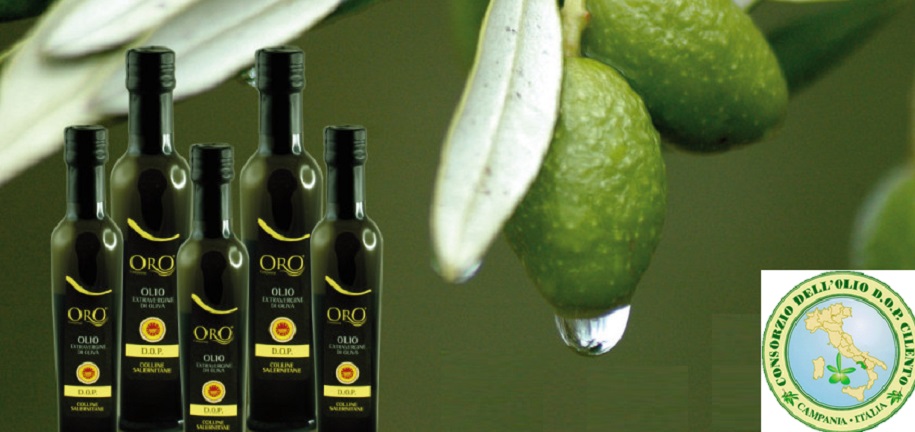 Art and Craft. The history of ceramics is to some extent, linked to the complex history of the Amalfi Coast, Vietri in particular, and the city of Salerno which had several production centers scattered everywhere. News of a strong and thriving business related to the production of ceramics, mostly building material, dates back to the fourteenth century.
More reliable documentation indicates the 16 century as the time of various developments, when demand for household artifacts such as dishes, jugs, bowls and small jars for storing spices and drugs was increasing dramatically. However, the qualitative and decorative leap occurred in the seventeenth century, most likely, by the immigration of artisans from the nearby province of Irpinia and the region of Abruzzo. 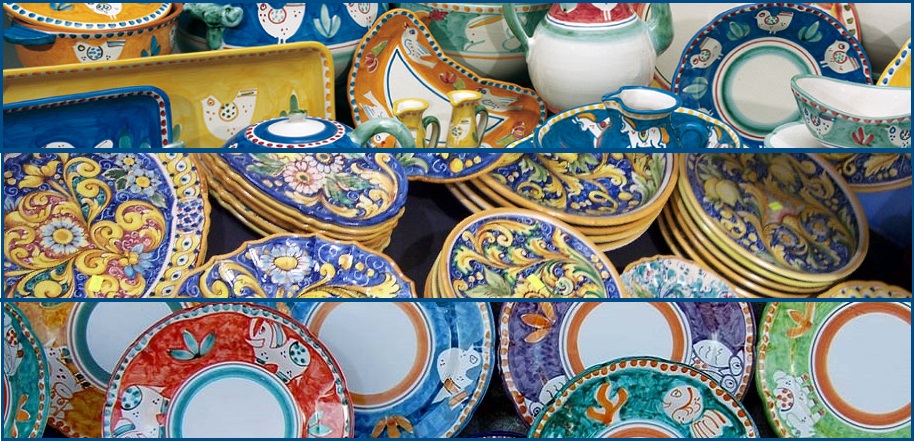 The music. Many of the Neapolitan songs are world-famous because they were taken abroad by emigrants from Naples and southern Italy roughly between 1880 and 1920.
The music was also popularized abroad by performers such as Enrico Caruso, who took to singing the popular music of his native city as encores at the Metropolitan Opera in New York in the early 1900s. Caruso is therefore responsible for the fact that operatic tenors since then have been required to know these songs.   Lavora con noi - MADE IN SOUTH ITALY today. com, intende individuare operatori interessati a predisporre un’offerta di pacchetti turistici locali in coerenza con una strategia di sviluppo tesa a valorizzare le potenzialita' del propio territorio. Lavora con noi - MADE IN SOUTH ITALY today. com, intende individuare operatori interessati a predisporre un’offerta di pacchetti turistici locali in coerenza con una strategia di sviluppo tesa a valorizzare le potenzialita' del propio territorio.Are You a tourist guide? Do you organize tours to northern & southern Italy? If the thematic is based on culture, history and outdoor activities, we would love to talk to you.  La vetrina ideale per promuovere i vostri prodotti e servizi sul mercato Nord Americano ma che potrebbe essere un punto di visibilità anche nei vari mercati internazionali.
Where to stay
Where to eat
Excursions
Shopping
CERCASI ALLOGGI DI QUALITA'
B & B Farm House - Masserie / Agriturismo Hotel Resort Room for rent - Affittacamere Apartment for rent - Appartamenti Houses for rent - Case in affitto MAX : 5 ESERCIZI PER OGNI CATEGORIA x REGIONE Gastronomia Locale
Selezione di Ristoranti locali Trattorie - wine bar - osterie e pizzerie luoghi del gusto - spacci aziendali - locande ed enoteche Guide Turistiche - Accompagnatore Turistico
CONOSCENZA DELLA LINGUA INGLESE centri storici - aree archeologiche - musei, città d’arte . PRODOTTI LOCALI
SOUVENIR MADE IN ITALY AZIENDE - PRODUTTORI - STRUTTURE RICETTIVE - GUIDE TURISTICHE - TOUR OPERATORI
Ai nostri visitatori piace il Sud Italia, vuoi dire loro qualcosa? Il nostro obiettivo e' quello di promuovere prodotti tipici del Sud in un contesto di marketing globale, e allo stesso tempo proporre il nostro Meridione come alternativa turistica, ben consapevoli che il successo dell'uno è essenziale per il successo dell'altro. Paesi di provenienza dei visitatori in ordine numerico Stati Uniti - Canada - Italia - Gran Bretagna - Australia - China - Germania - Francia - Nuova Zelanda - Olanda Coloro interessati ad inserire la loro attivita'/azienda/ nel sito
|
|||||||||


